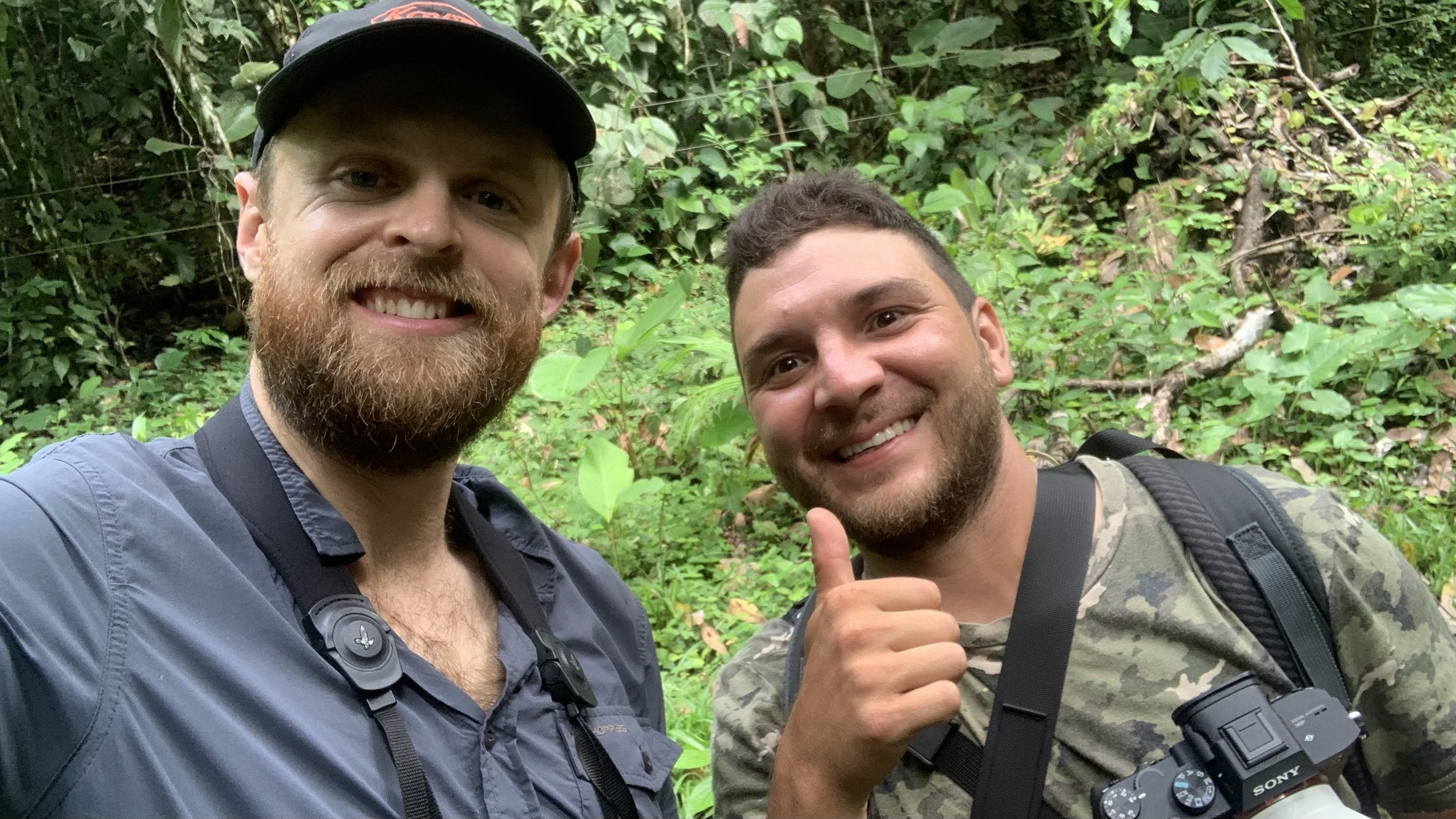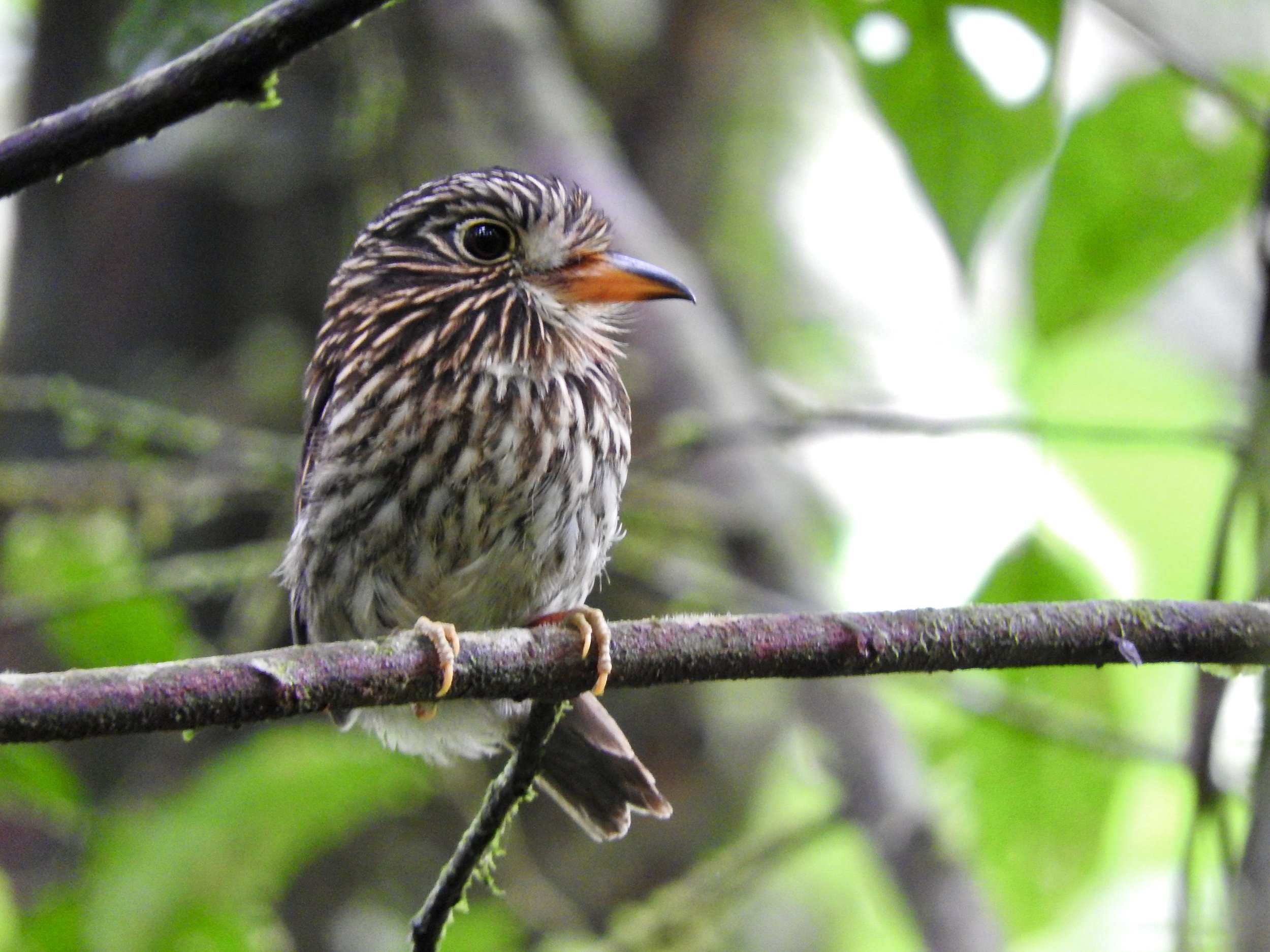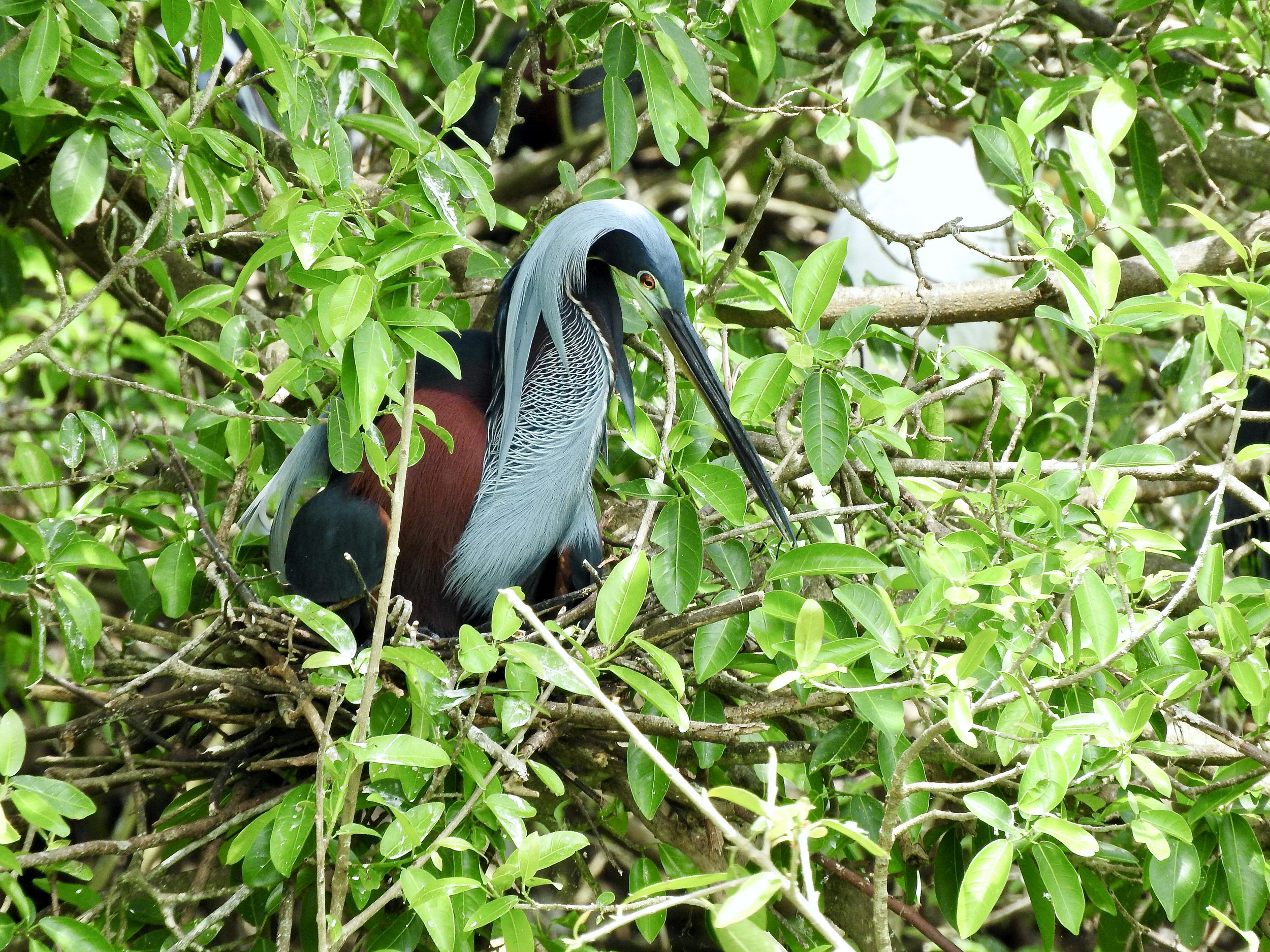Birding the Ventanas Road in Jardin, Colombia
Yellow-eared Parrot, Jardin, Colombia
The Ventanas Road in Jardin, Antioquia, is a birdwatcher’s paradise, boasting a wide array of unique species, spectacular views, and access to one of Colombia’s most picturesque Andean towns. Join our host Chris on a birding adventure in Jardin as he enjoys close-up encounters with antpittas, cotingas, and a very special lifer. Let’s go birding!
For my first big birding day of 2023, I spent a whole day birding the mountain road between Jardin, Antioquia, and Riosucio, Caldas, in the Western Colombian Andes. My parents were visiting Colombia, and I decided to bring them to Jardin for the week. We visited this delightful little mountain once before, in 2016, but we only had a couple of nights, and they fell in love with the place, so it’s long been on the list for a repeat visit.
As I’ve mentioned on this blog, my parents are both birders, albeit slightly less obsessive in their hobby than me! However, Jardin is probably one of the best locations in Colombia for more casual birders. With an active Andean Cock-of-the-rock lek just a five-minute walk from the town center, even the most laid-back birders can enjoy close-up views of one of South America’s most iconic birds without breaking a sweat.
An Andean Cock-of-the-rock at the lek in Jardin
However, with a whole Sunday to spare during the trip, I was keen to do at least one ‘hardcore’ birding day. And the natural choice for such a day is the road over the mountains from Jardin to Riosucio, also known as the Ventanas Road. This road snakes through some exceptionally well-preserved humid montane forests. It is a stronghold for endemic and range-restricted species like Yellow-eared Parrot, Chamí Antpitta, Tanager Finch, Chestnut-crested Cotinga, White-capped Tanager, Black-and-chestnut Eagle, and a host of other species. Over 400 species have been reported along the road and the surrounding area, so it’s a major hotspot in the Western Andes.
Jardin seen from the Ventanas Road
I contacted my friend, Felipe Quintero, a local bird guide from Jardin, and arranged for him to guide us along the road. We planned to go as far as Mirador El Roble reserve, an Antpitta feeding station and forest reserve about 30 km from Jardin. However, since the road is unpaved and potholed, it would take at least two hours to drive there, factoring in some inevitable birding stops along the way, so we set out from Jardin at 5:30 am.
We gradually snaked up the winding mountain road for the first couple of hours, periodically stopping to bird short sections. The activity was relatively slow, although we managed scope views of perched Yellow-eared Parrots, one of the target birds. This striking parrot was considered extinct until 1999. Then, researchers discovered a remnant population along this road and began taking steps to protect them. The Pro Aves Yellow-eared Parrot Bird Reserve was established there in 2006, and today the parrot’s population is on an upward trend, a rare conservation success story that should be celebrated.
A Yellow-eared Parrot seen on the Ventanas Road near Jardin, Antioquia
We arrived at Mirador El Roble by about 8 am and met with Martin, a local man who feeds the antpittas and guides visiting birders. His mother, Doña Lucia, first started feeding the antpittas and offering food to birders. Mirador El Roble is colloquially known as ‘Doña Lucia’ among Colombian birders. We walked a short distance off the road into the pristine forest to the antpitta feeding station.
Two antpitta species visit Doña Lucia’s feeders: the recently-split Colombian endemic Chamí Antpitta and Chestnut-naped Antpitta. I’ve never seen the larger Chestnut-naped before, so I kept my fingers firmly crossed that this species chose to visit the feeders that day. Unfortunately, despite Martin’s best efforts, the Chestnut-naped Antpitta decided not to show; it had been raining a lot in the mountains, so the antpittas perhaps find it easier to locate worms, negating the need for them to visit feeders.
However, and much to the delight of my parents, the delightful little Chamí Antpitta showed wonderfully. At one point, we had three individuals around us, even coming in to grab worms from our hands. Visiting an antpitta feeding station is a top neotropical birding experience, and Doña Lucia’s place is one of the best.
A Chami Antpitta at Doña Lucia’s feeders
After we finished at the feeding station, we headed just up the road to Doña Lucia’s house for breakfast. The birding around the house is also excellent. We enjoyed close views of Long-tailed Sylph, Collared Inca, White-bellied Woodstar, Buff-tailed Coronet, Masked Flowerpiercer, Slaty Brushfinch, and Acorn Woodpecker while we ate.
Chestnut-crested Cotinga
After a delicious breakfast, we started back down the road towards Jardin. The plan was to bird our way back to town, stopping at key spots or for mixed flocks. The first stop was a roadside ravine where White-capped Tanager had recently been reported. We’ve filmed this large tanager before for The Birders Show, but seeing them is always a treat. They proved less confiding this time, and we got fleeting views of three individuals flying far overhead.
Our next stop was a potential stakeout for the rare and elusive Chestnut-crested Cotinga. I’d seen this pretty cotinga once before along this same road in 2015 and was keen to get another glimpse. We got the spot and started scanning the treetops. I soon spotted a medium-sized bird flying into a high perch and shouted, “cotinga!” I got the scope on it; sure enough, it was a gorgeous Chestnut-crested Cotinga! It stayed long enough for my parents to see it and for one quick digiscoped image before it dropped out of sight. Just then, the clouds rolled in, and it started to rain, so we were fortunate even to get those brief views.
We were still at least an hour from Jardin, and the rain seemed set in, so we started to head back to town. Then, Felipe showed the value of a knowledgeable local guide: as the car slowed for a pothole, he cocked his ear and shouted, “stop! Red-hooded Tanager!” This beautiful high-elevation tanager is uncommon and infrequently encountered and was a lifer for me.
We jumped out of the car and tried desperately to locate the singing bird high up in the canopy. After ten minutes of fruitless searching, it seemed as if I was destined to draw a blank. The bird had stopped singing, and there was no movement up in the treetops. However, just as I was ready to give up, a tanager-sized silhouette flew overhead and perched in a tree further along the road. A bystander would have had a good laugh at Felipe and me madly running back up the road! But once we got closer and got our bins on the bird, we practically whooped with joy: a stunning male Red-hooded Tanager!
The bird gave us beautiful views for the next ten minutes, and I even managed some rain-spotted digiscoped video. My first lifer of 2023, and what a lifer! This tanager also gave us a good lesson in Andean cloud forest birding: never give up! Even on a slow day, something magical can always appear at the last minute.
The rest of the return journey flew by in the post-lifer buzz, and we enjoyed a few well-deserved beers back in Jardin to celebrate. Any day that includes an endemic antpitta, a Chestnut-crested Cotinga, and a lifer tanager can’t be a bad birding day!
Red-hooded Tanager






















